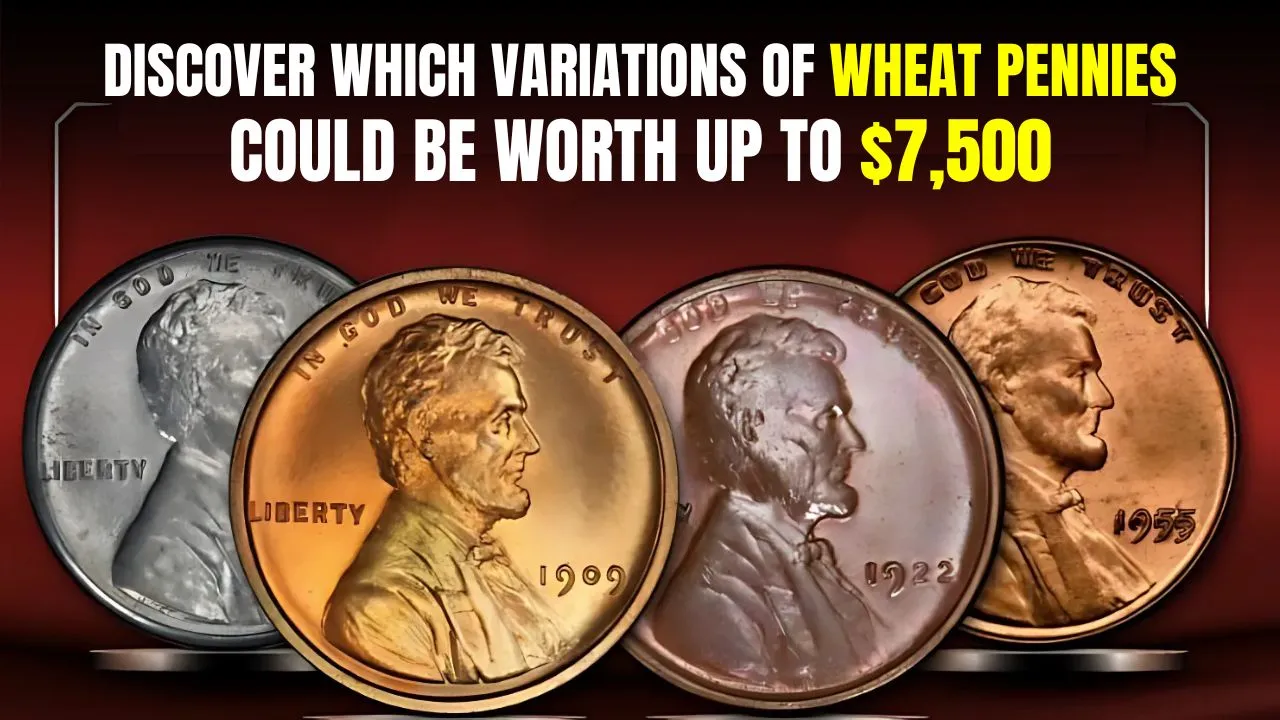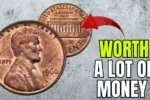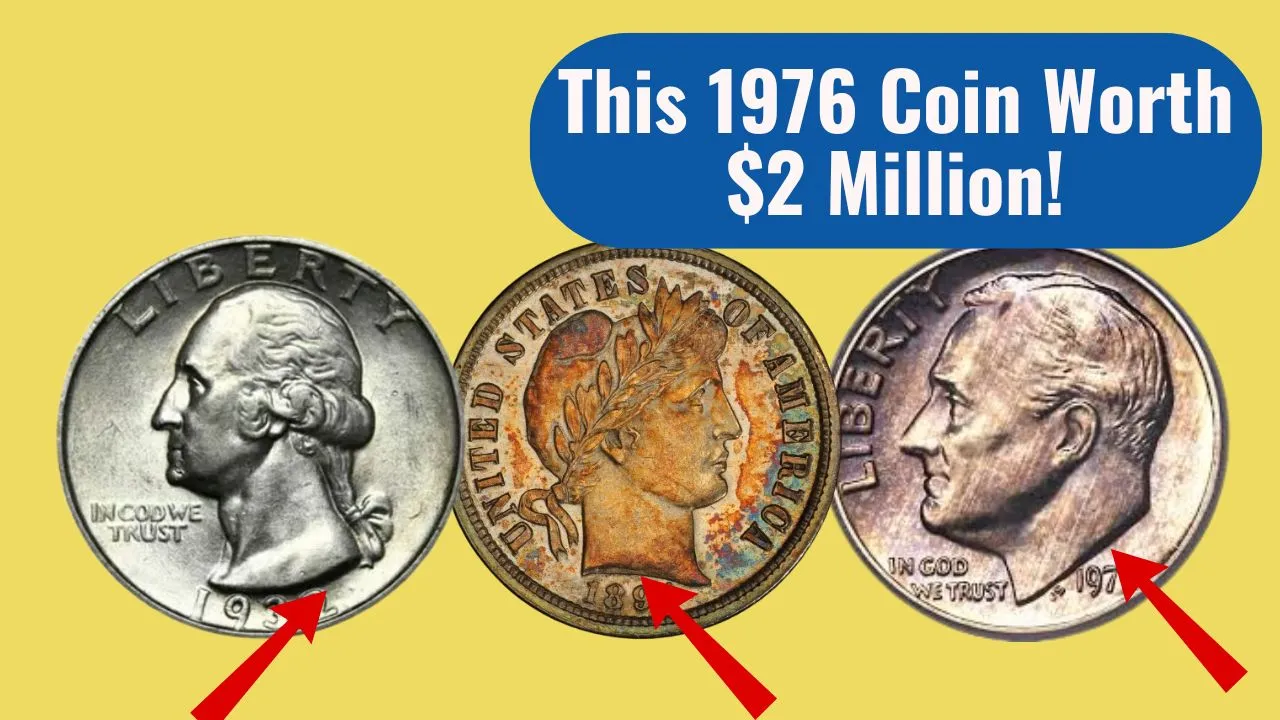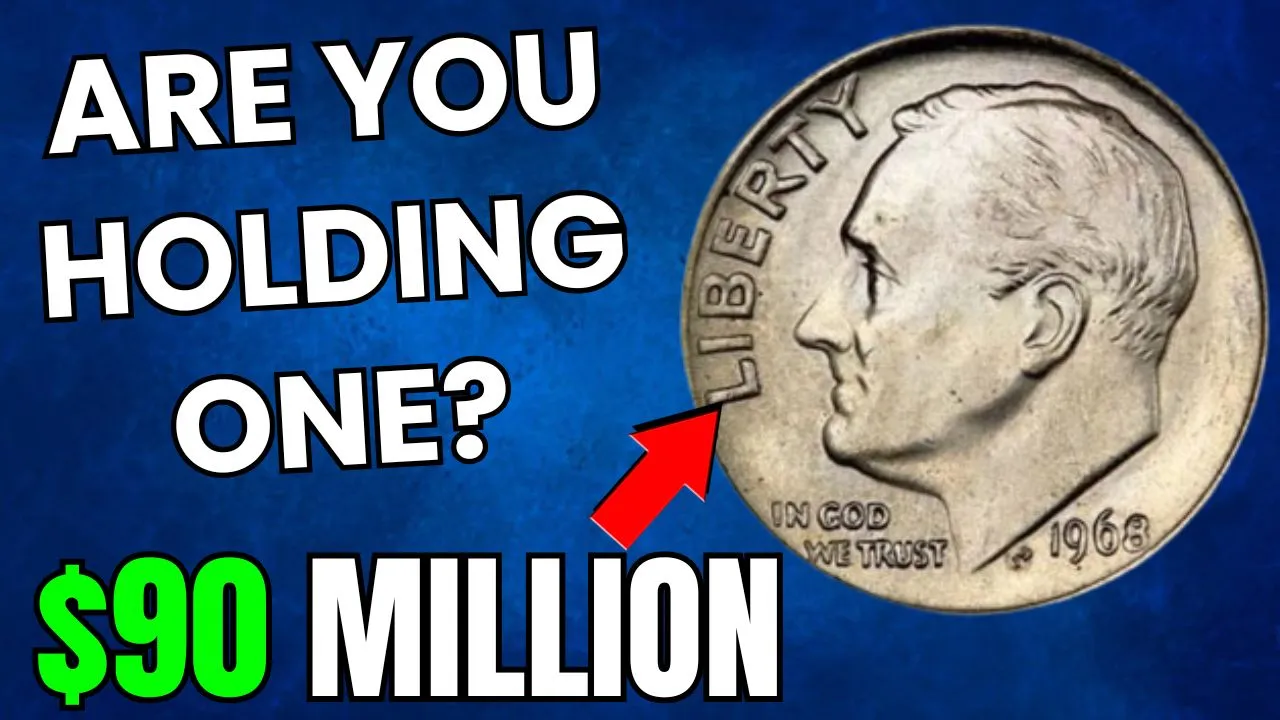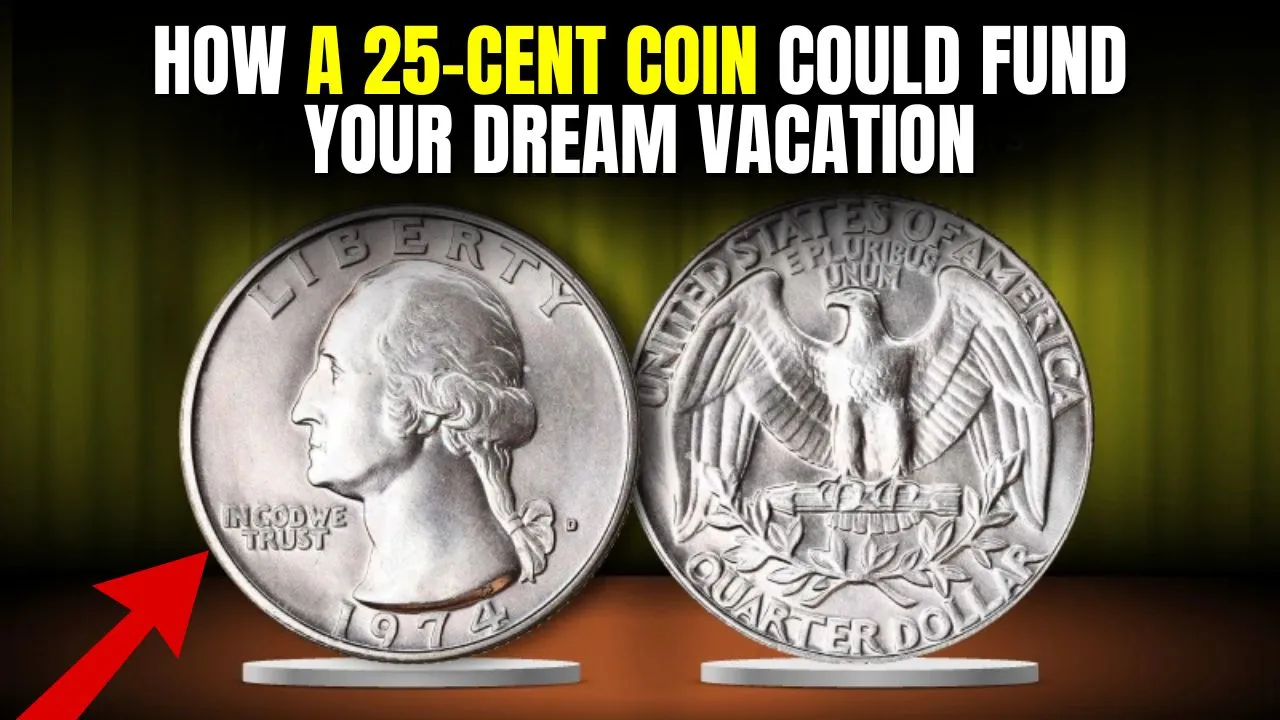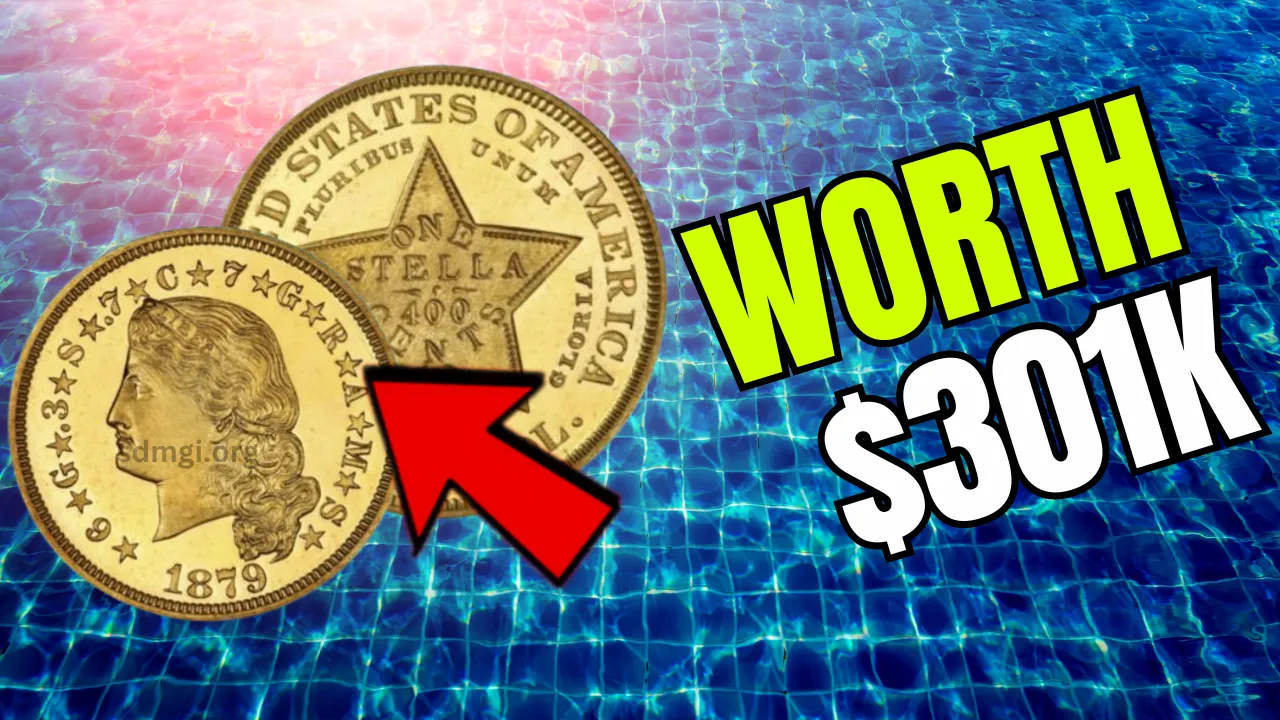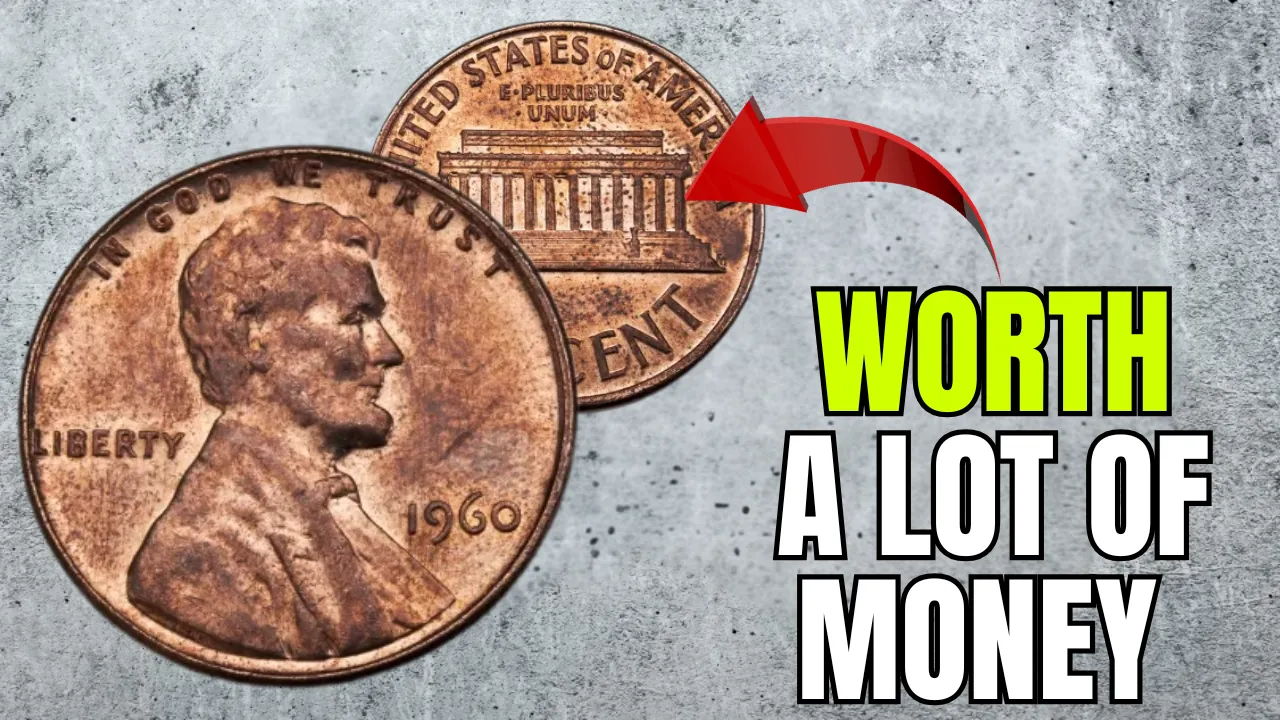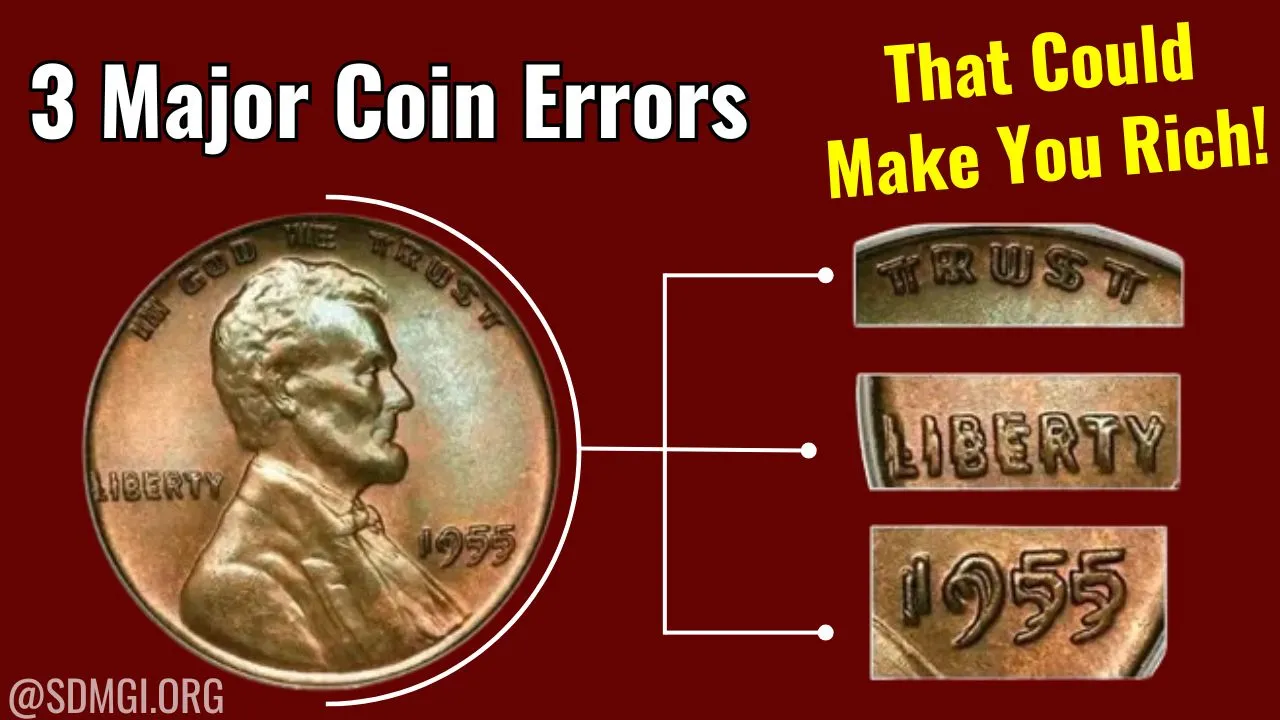Collecting Wheat Pennies: Wheat Pennies, those iconic U.S. coins minted between 1909 and 1958, hold a special place in the hearts of coin collectors. While many are common and have minimal monetary value, certain valuable Wheat Penny variations stand out as rare treasures, fetching up to thousands of dollars. These coins are often prized for their historical significance, unique design features, or minting errors.
In this guide, we’ll explore some of the most sought-after Wheat Pennies. From design details to error coins, you’ll learn how to identify these valuable variations and discover what makes them so extraordinary.
Overview of Rare and Valuable Wheat Penny Variations
| Coin | Key Feature | Value Range |
| 1909-S VDB | First-year Lincoln cent with “V.D.B.” initials on the reverse. | $500–$1,600+ |
| 1909-S | Early release with no designer initials but low mintage. | $70–$370 |
| 1909-S Over Horizontal S | Mintmark error where “S” was punched horizontally first. | $80–$400 |
| 1914-D | Scarce due to low survival rate in high quality. | $100–$400+ |
| 1917 Double Die Reverse | Doubling of text and design elements on the reverse side. | $160–$7,500 |
1. 1909-S VDB: The Pinnacle of Wheat Penny Collecting
The 1909-S VDB Wheat Penny is a must-have for serious collectors. Released in 1909 to honor President Abraham Lincoln, this penny features the initials “V.D.B.” of its designer, Victor David Brenner, on the reverse bottom center. The initials caused public controversy, prompting their quick removal. However, 484,000 coins had already been minted in San Francisco, making this variation exceptionally rare.
Collectors prize the 1909-S VDB not only for its historical significance but also for its rarity. Coins in good condition can sell for $500 or more, while those in mint state may fetch prices upwards of $1,600.
2. 1909-S: A Close Contender
While it doesn’t bear the controversial V.D.B. initials, the 1909-S Wheat Penny is still a highly desirable collectible. With only 1.83 million minted before the initials were removed, this coin represents an early piece of the Lincoln cent series.
Collectors often seek the 1909-S for its link to the inaugural year of Wheat Pennies. Its value ranges from $70 in well-worn condition to $370 for a better-preserved example.
3. 1909-S Over Horizontal S: A Rare Error
Among the rarer Wheat Pennies is the 1909-S Over Horizontal S, an error coin born from a minting mistake. During production, the “S” mintmark was initially stamped horizontally and later corrected to its proper vertical position. The overlap of the two punches is clearly visible under magnification.
This error adds an exciting layer of uniqueness to the 1909-S Over Horizontal S, increasing its value to between $80 and $400, depending on its condition.
4. 1914-D: Scarce and Sought-After
The 1914-D Wheat Penny is notable for its low survival rate, making it a challenging find for collectors. Though over a million were minted in Denver, few remain in circulation today, especially in well-preserved condition.
Coins like the 1914-D highlight the importance of condition in determining a penny’s value. While worn examples start at $100, high-grade specimens can exceed $400, with exceptionally well-preserved coins fetching significantly more.
5. 1917 Double Die Reverse: A Visual Marvel
The 1917 Double Die Reverse is among the most intriguing error coins in the Wheat Penny series. This variation was created when the coin die struck twice, slightly misaligned, causing the text and design elements on the reverse side—such as “TRUST” and the date—to appear doubled.
Easily identifiable with a magnifying glass, the 1917 Double Die Reverse is a collector favorite. Its dramatic error and scarcity make it worth between $160 and $7,500, depending on its grade and level of preservation.
Why Are Some Wheat Pennies So Valuable?
Wheat Pennies derive their value from several factors:
- Rarity: Coins with low mintages or unique characteristics are inherently more valuable.
- Errors: Minting mistakes like double dies or over-punched mintmarks create unique variations sought after by collectors.
- Condition: Well-preserved coins in higher grades fetch much higher prices than worn examples.
- Historical Significance: Coins from important years, such as the first year of a series, hold special appeal.
FAQs About Valuable Wheat Penny Variations
Q: How can I tell if I have a 1909-S VDB Wheat Penny?
A: Check the reverse bottom for the initials “V.D.B.” and the obverse for the “S” mintmark beneath the date.
Q: What is the difference between the 1909-S and 1909-S VDB pennies?
A: The 1909-S VDB features designer Victor David Brenner’s initials, while the 1909-S does not.
Q: Are all 1914-D Wheat Pennies valuable?
A: Yes, but the value depends on the coin’s condition, with high-grade examples being significantly more valuable.
Q: How do I spot a 1917 Double Die Reverse?
A: Look for doubling in the text and date on the reverse. A magnifying glass can help make the error more visible.
Q: Can cleaning a Wheat Penny affect its value?
A: Yes, cleaning can reduce a coin’s value. It’s best to leave coins in their original condition.
Final Thoughts: Start Your Collection Today
Collecting Wheat Pennies is an exciting way to connect with history and potentially uncover hidden treasures. By focusing on valuable Wheat Penny variations, you can build a collection filled with fascinating stories and impressive monetary value.
Have you come across a rare Wheat Penny in your change? Share your discovery in the comments and join the discussion with fellow collectors. Whether you’re just starting or looking to expand your knowledge, there’s always more to explore in the world of numismatics.
